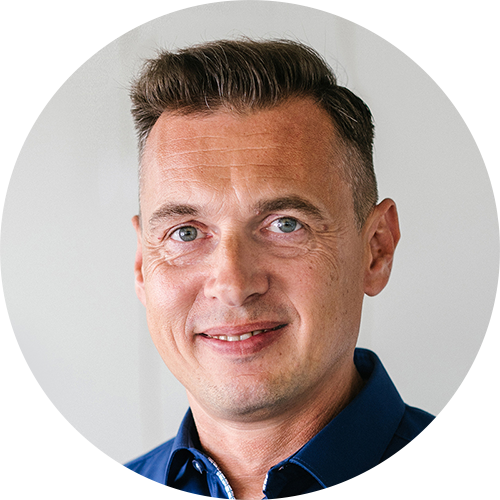The performance and efficiency of a computer centre stands and falls with the hardware it uses, and here the switch plays a key role. By selecting the appropriate hardware, enterprises improve their utilisation of the available space and infrastructure. The changeover to green IT can also be achieved in the long term by means of automation.
More performance, lower costs
The perfect combination of price and performance ultimately leads to maximum cost-efficiency, whereby performance is not only a question of data throughput. Considering different parts of the network enables the integration of a suitable switch exactly where it is needed. How easy is it to implement the new switch and what ongoing operating costs are incurred? The protocols used and future viability also need to be subjected to close scrutiny. Next-generation platforms are based on particularly powerful ASICs. But are they suitable for the enterprise concerned?
In a computer centre, it is not all about achieving the best performance at the lowest price. Flexibility, scalability, future viability and other features determine the choice of the best possible hardware for the location. Moreover, the physical dimensions of the network hardware play an important role. Space-saving equipment from the hands of Juniper Networks increases the number of switches in a specific space, thus helping to achieve more performance in a smaller space and to simplify the network structure. Modern solutions also lower operating costs for power and cooling.
The computer centre is becoming green
In large enterprises, the role played by power requirements for network hardware is not inconsiderable. By changing to modern solutions, enterprises save power, which ultimately constitutes the first step to green IT within a company. High-capacity switches take on the task of several smaller products and need much less power to do the work. Energy costs fall, and the cost of cooling network hardware is reduced.
The distribution of manual tasks can also be reduced by investing in up-to-date hardware from Juniper Networks. Automatic configuration releases IT staff from time-consuming, recurring tasks in connection with the network. Software can do such jobs just as well. Extensive analysis work is also a core aspect that offers access to operations at both the physical and logical level in real time. Enterprises are then able to act quickly when optimisation is required.
Future viability leads to cost reductions
Today 10 Gbit/s through the internal Ethernet may be enough. But the demand may well be for 40 Gbit/s in the next two years. And when will lines with a transmission rate of 100 Gbit/s be the standard for transmitting information within an enterprise? Administrators are faced with a great challenge, which many enterprises meet with simple upgrades. If a specific array of switches is no longer sufficient for current needs, the components are disposed of and replaced with more modern products. Enormous costs are incurred in relation to the company’s size and requirements, and these will arise once more within a period of just a few years.
Decision-makers can avoid this problem with expandable switches from manufacturers like Juniper Networks and Cisco. These products grow in line with requirements in the enterprise. In the coming months and years, it will be possible to scale today’s speeds according to needs and increase them by using enhanced hardware. In the fast-moving IT sector, looking into the future in an especially difficult task, and it is hard to specify precise needs. However, one thing is sure: the demands placed on network bandwidths are set to increase. And then, enterprises with expandable switches will be in the best position.
An eye on flexibility
Today’s Cloud could soon be multiple Clouds. Systems decouple and connect up again, and behave as the enterprise requests. The right switch for server centres and similar areas enables support for diverse network architectures. The layout of the structure on site is then no longer relevant. All future challenges can be mastered by implementing equipment right now that has the inherent ability to support multiple architecture options. There is no way of knowing how networks will develop in the next few years. Enterprises can only feel confident if they are able to provide a range of options.

Questions?
Just ask!
I am Alexander Zagler from the HCD sales team. I will be happy to advise you or assist you with any questions. You can phone me on +49 89 215 36 92-0 or reach me using our contact form.
Contact us
 Deutsch
Deutsch